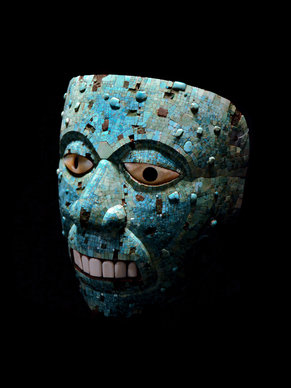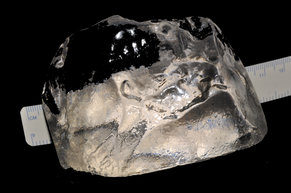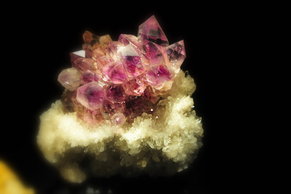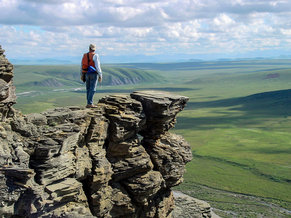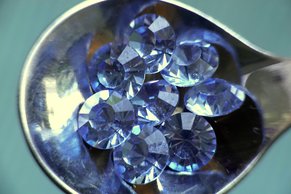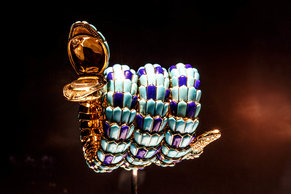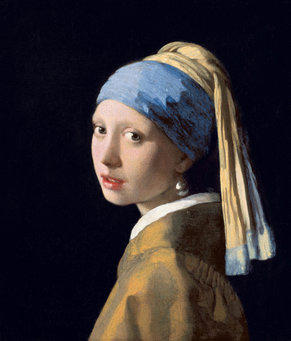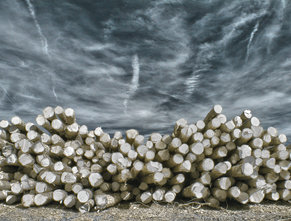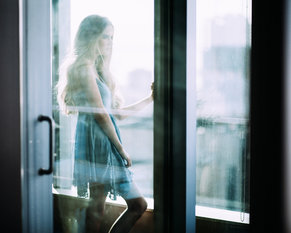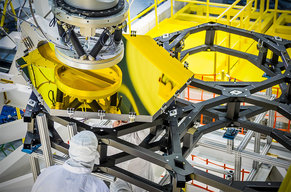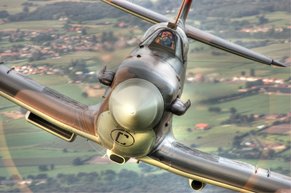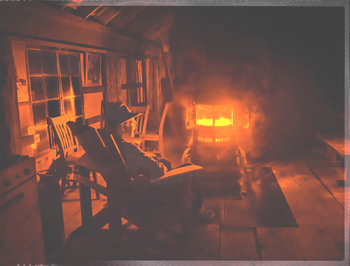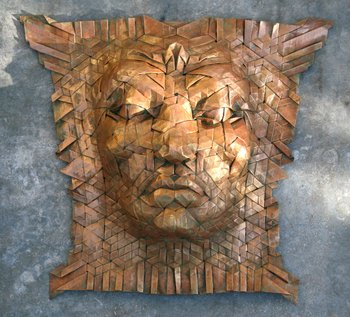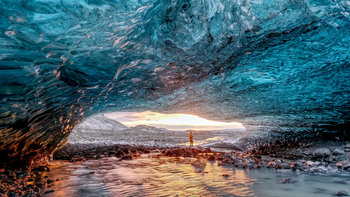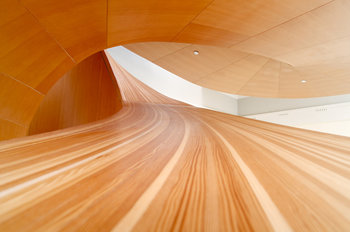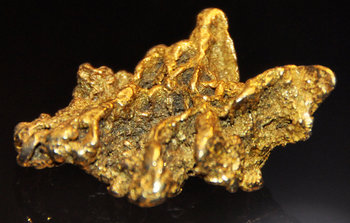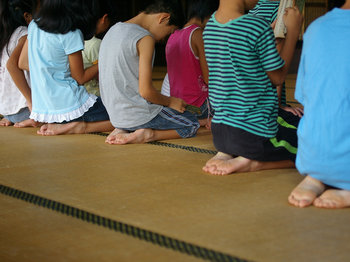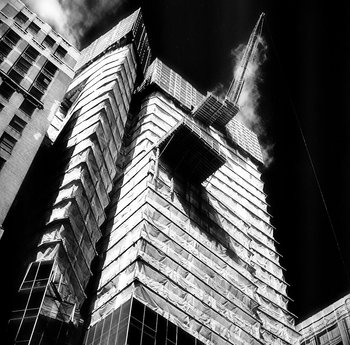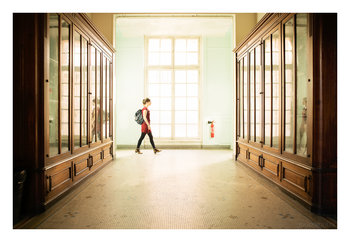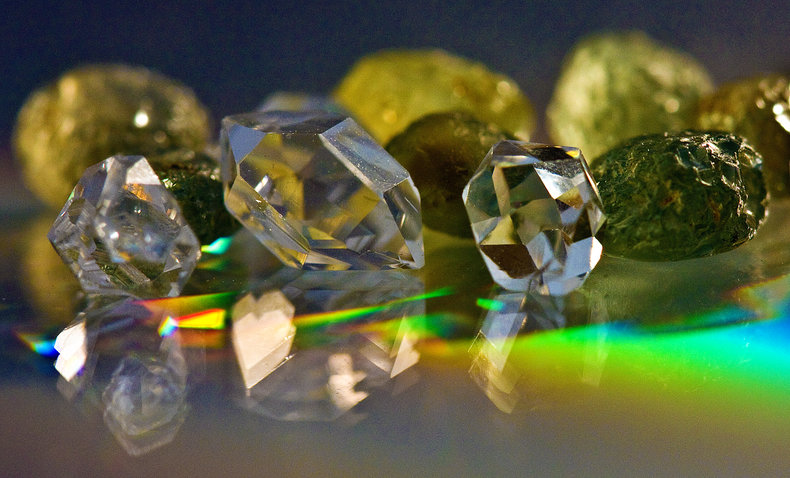
Amethyst
Amethyst is a violet variety of quartz that contains iron that has been irradiated. Historically, this was considered one of the cardinal gemstones alongside diamonds, rubies, sapphires and emeralds. Amethyst is now considered only semi-precious as large deposits have been found making it far less rare than it had historically been.
Citrine
Citrine is a yellow, yellowish-orange or yellowish-brown quartz. This is often created by heating amethyst as it turns yellow with heat. This is so common that citrine is sometimes referred to as "burnt amethyst."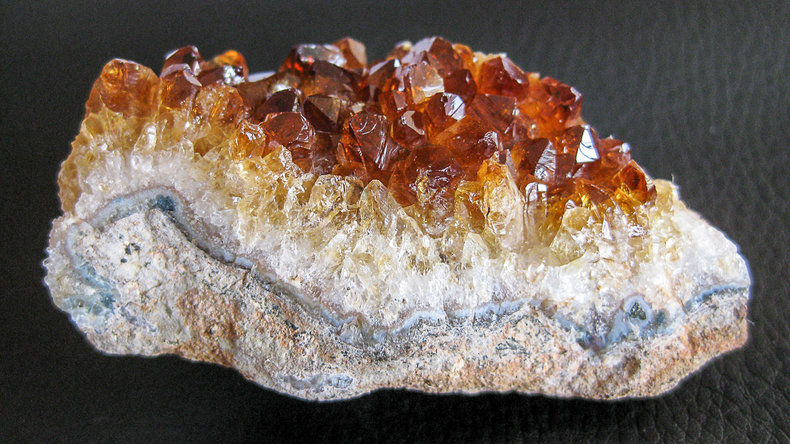
Ametrine
Ametrine is amerthyst that has partially yellowed such that a single quartz crystal has zones of violet and yellow or orange.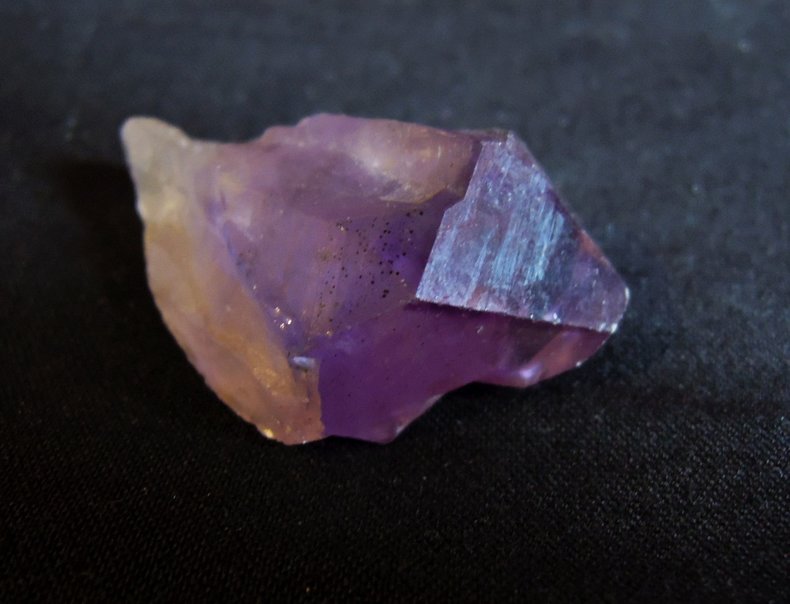
Rock Crystal
Rock crystal is a term for the purest form of quartz that is colorless. Rock crystal is the iconic type of quartz that looks something like ice. In fact, the Ancient Greek word for quartz was krustallos meaning "icy cold" because it was believed to be supercooled ice.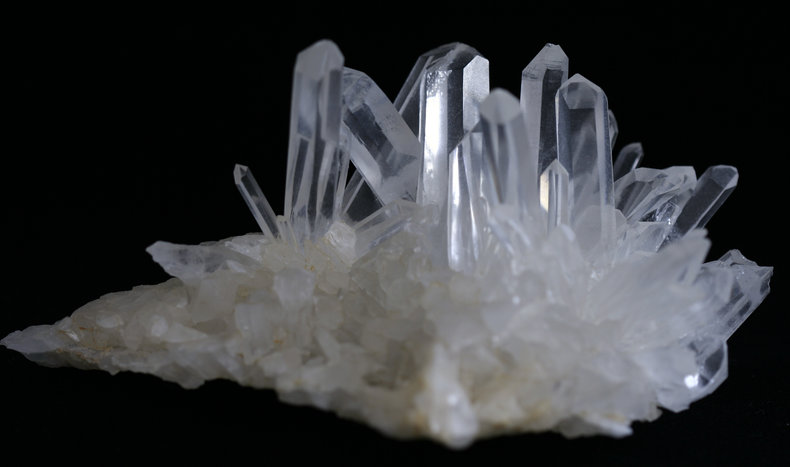
Milky Quartz
Milky quartz is by far the most common type of crystal quartz that is white due to the inclusion of trapped gas and liquid in the crystal.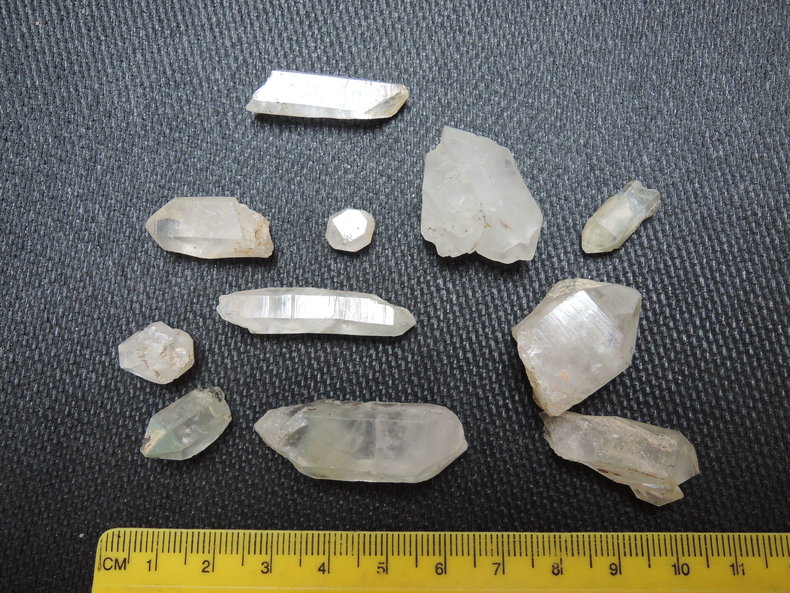
Blue Quartz
Blue quartz contains inclusions of a dark blue fibrous mineral known as riebeckite or other blue minerals such as dumortierite or tourmaline. This varies in color and clarity depending on the type and distribution of inclusions. Blue quartz ranges from a light blue that is translucent to an opaque dark blue.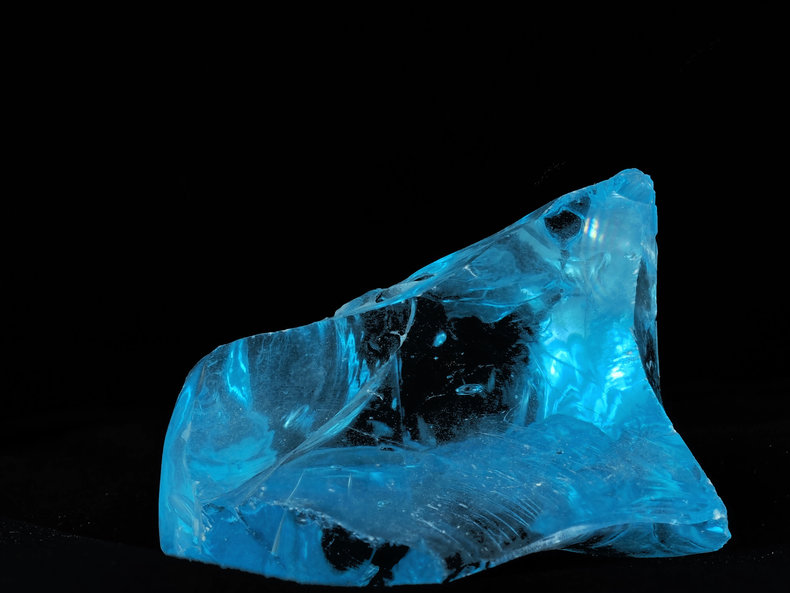
Rose Quartz
Rose quartz ranges from light pink to rose red due to trace amounts of titanium, iron, manganese, phosphate or aluminum in the crystal. In some cases, rose quartz contains fibers of minerals that can cause interesting optical properties such as a star-like concentration of reflected or refracted light. Some varieties of rose quartz are susceptible to color fading in sunlight.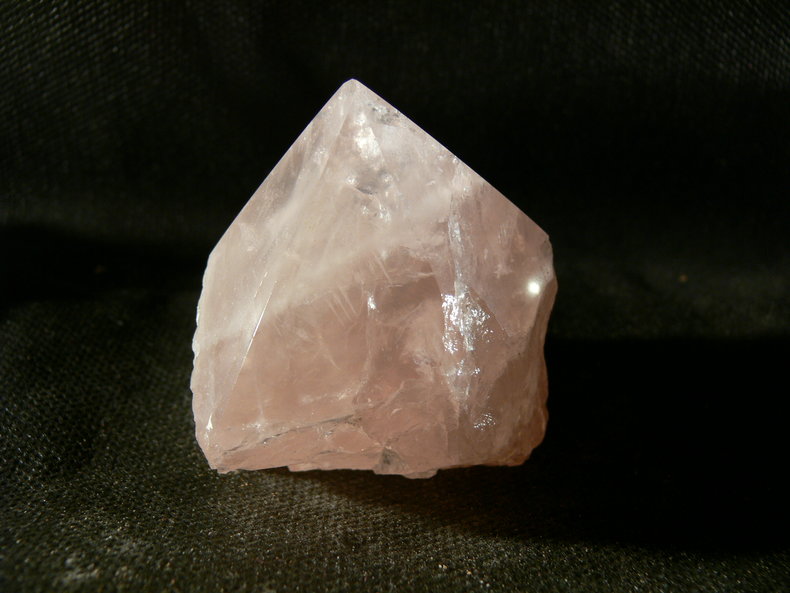
Smoky Quartz
Smoky quartz is a brownish or brownish grey that ranges from near transparent to opaque. The color of smoky quartz is due to free silicon in the crystal that results from natural irradiation. Smoky quartz is abundant and has regional variations such as Cairngorm quartz from Scotland. In China, smoky quartz was used to make a precursor to sunglasses as early as the 12th century.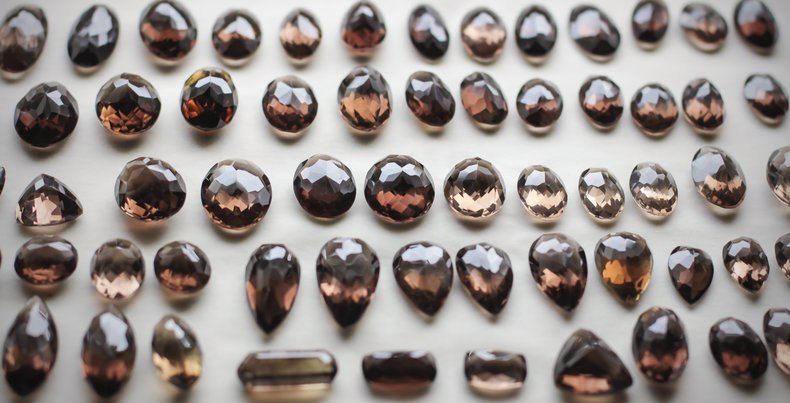
Herkimer Quartz
Herkimer quartz, better known as Herkimer diamonds, are double-terminated quartz crystals that have 18 faces such that they look like they have been naturally cut into a faceted jewel.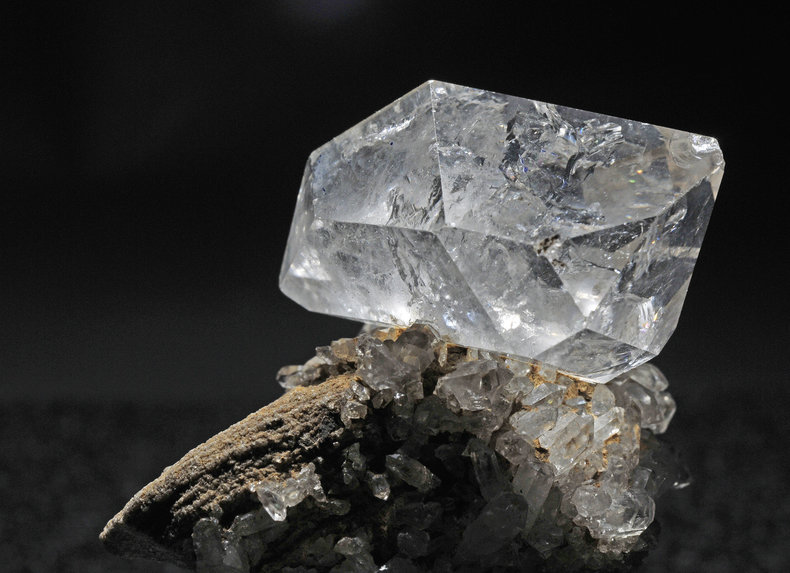
Chalcedony
Chalcedony is a mineral composed of fine intergrowths of quartz and moganite. This is considered a quartz group mineral. Chalcedony is cryptocrystalline meaning that it has a crystal structure but doesn't look like a crystal. It often has a waxy luster and can be translucent.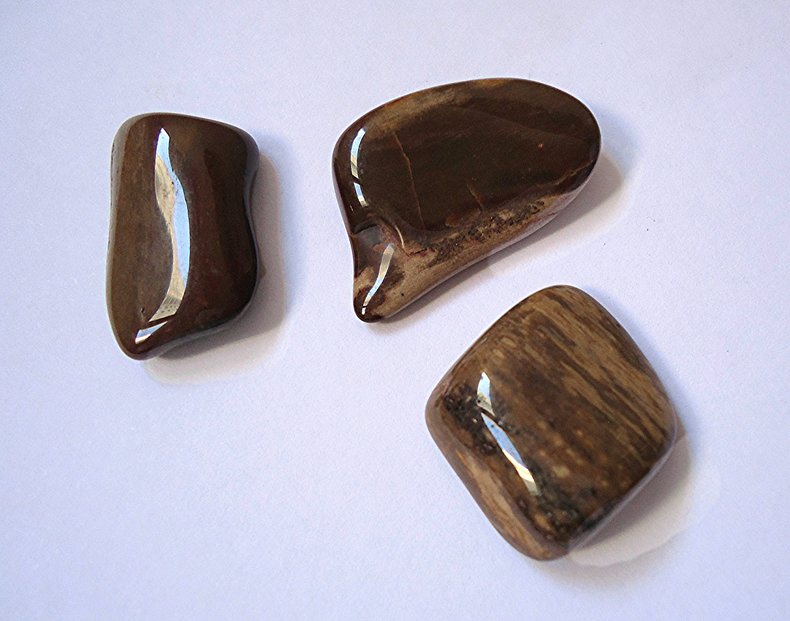
Agate
Agate are rock formations that consist of intertwined chalcedony and quartz. This can produce interesting colors and patterns such that agate is used for decorative purposes such as jewelry.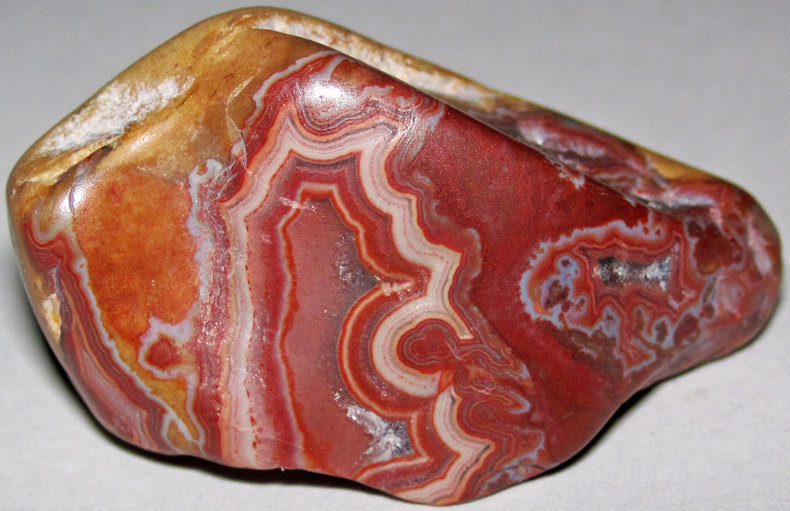
Onyx
Onyx is a well known type of chalcedony that is defined by the presence of parallel bands of color in the rock. These bands are often either white or black.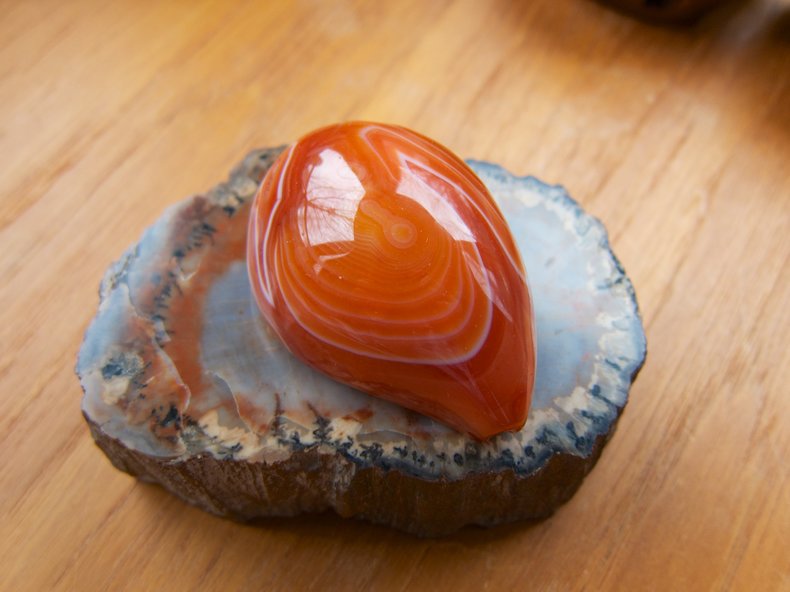
Carnelian
Another well known type of chalcedony that has a red or brownish-red color due to the presence of iron. Historically used to make seals for stamping official documents in Ancient Rome where red came to symbolize officialdom. This practice considered throughout the middle ages and up to the modern period.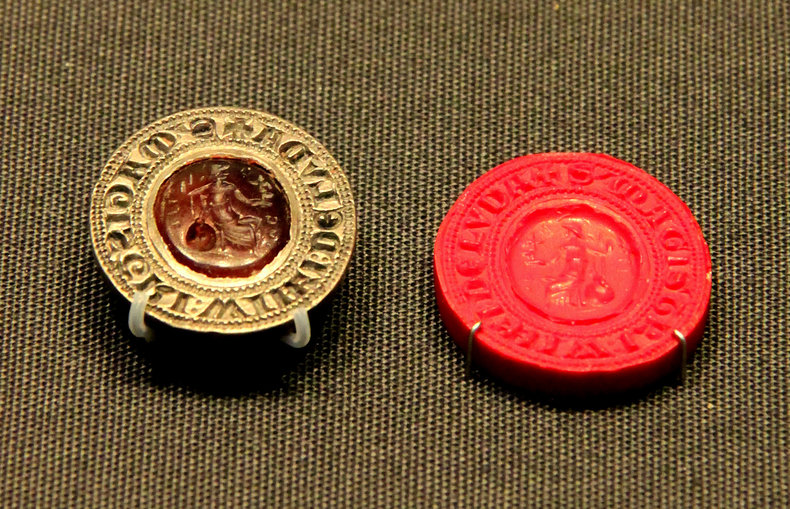
Aventurine
Aventurine is translucent quartz that includes small reflective inclusions that create a glistening effect known as aventurescence. This can be any color but is often green.
Jasper
Jasper is an aggregate of particles and small pieces of quartz and/or chalcedony. This is opaque and usually includes numerous minerals. Jasper is often red due to the presence of iron. It can be other colors and is commonly multicolored. Jasper is often used to make small decorative items.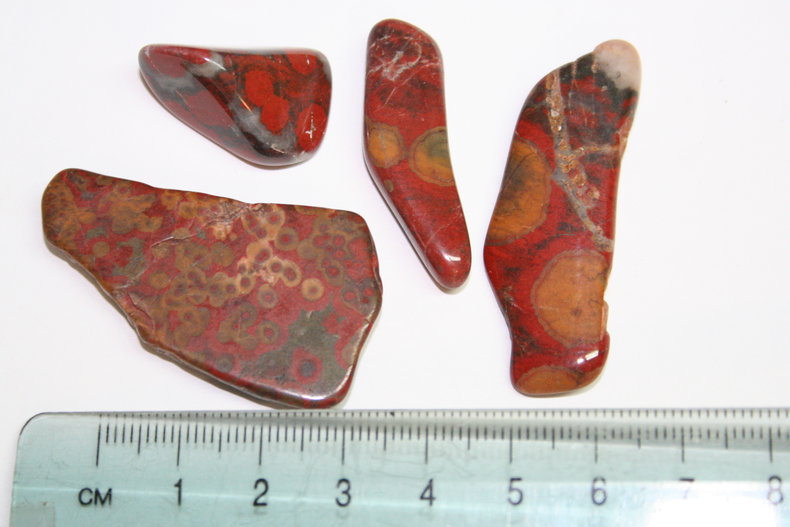
Heliotrope
Heliotrope, or bloodstone, is a variation of jasper or chalcedony that is green with red inclusions of hematite. This is associated with a large number of superstitions and myths from antiquity through the middle ages when it was reported to do everything from dispelling melancholy to bringing rain. Old Christian traditions view bloodstone as a symbol of the blood of Christ.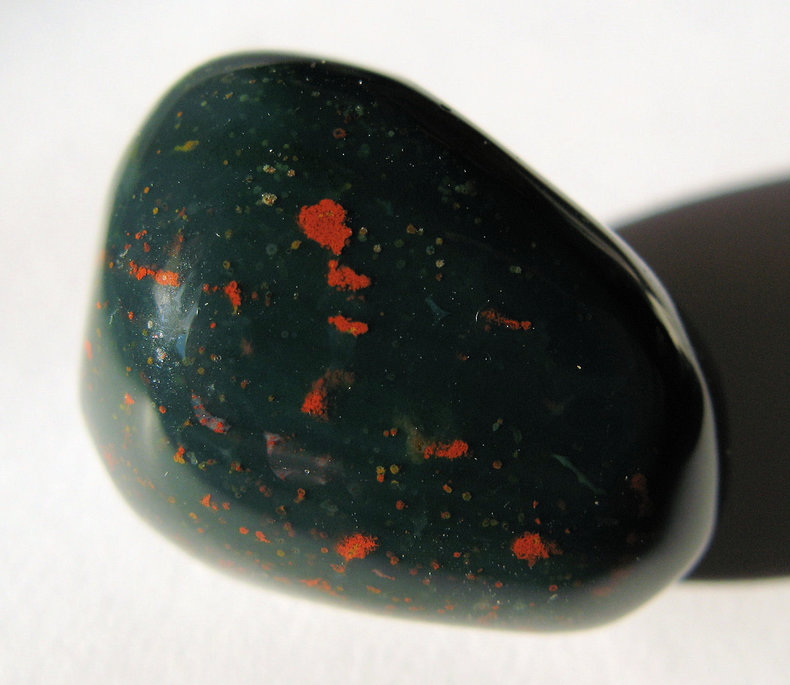
Green Quartz
Prasiolite, also known as green quartz, is amethyst that has been naturally or artificially heated or irradiated such that it turns a light green. It is often translucent and is used as a semi-precious gem. Although prasiolite is related to amethyst the Federal Trade Commission appears to prohibit marketing any stone as "green amethyst."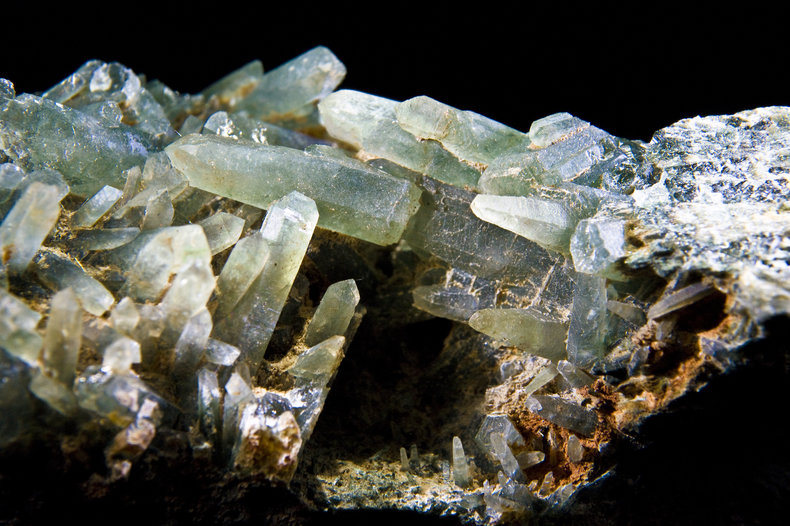
Rutilated Quartz
Rutilated quartz is quartz which contains needle-like inclusions of a titanium dioxide based mineral known as rutile. The inclusions in rutilated quartz may occur in attractive patterns and colors such as gold, silver, copper red and stark black.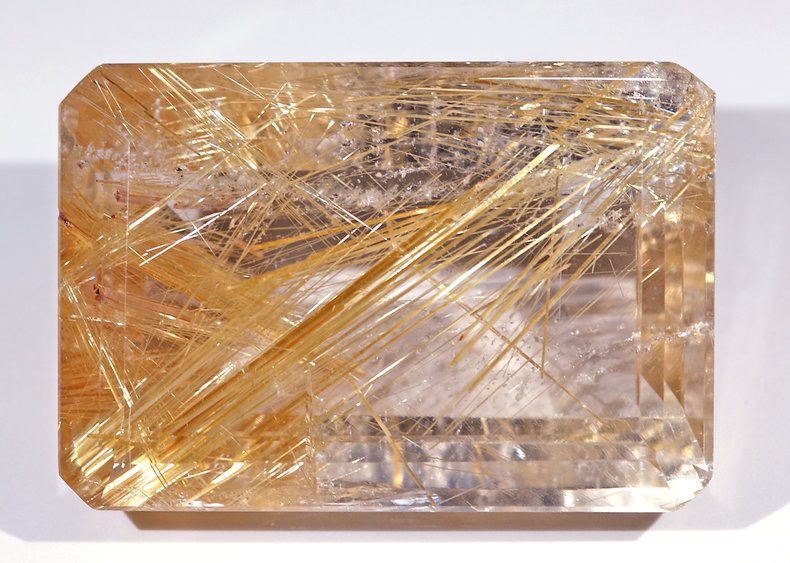
| Overview: Quartz | ||
Type | ||
Definition | A hard crystal of silicon and oxygen | |
7 or lower | ||
Abundance | 2nd most abundant mineral in the Earth's continental crust. | |
Value | Semi-precious to valueless | |
Clarity | Transparent to opaque | |
1670 °C | ||
Related Concepts | ||

